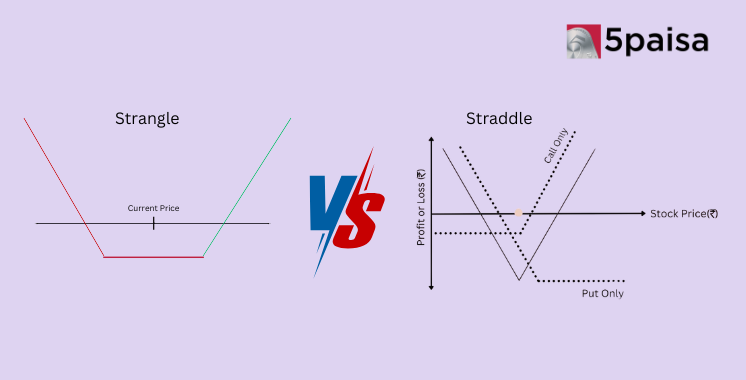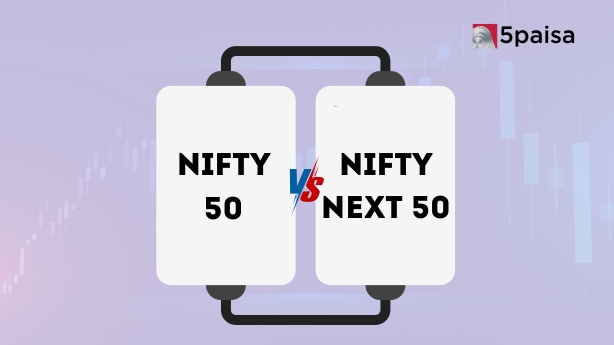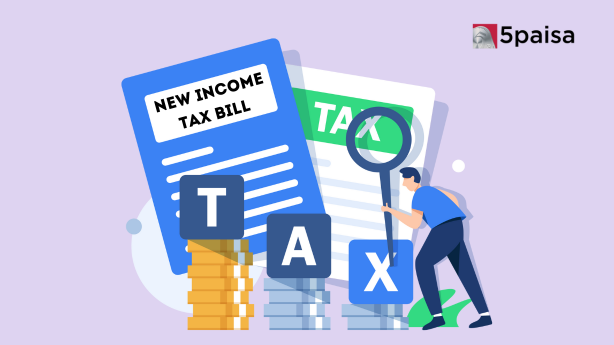Want to invest in stocks on SME exchanges? Read this RBI report first

Here’s why it may be a good idea to list your small and medium enterprise if you are a promoter, or to invest in one if you are an investor looking for some small-cap or micro-cap stocks to make a bet.
A report by the Reserve Bank of India (RBI) has said that SMEs listed on the two SME exchanges in the country, BSE SME and NSE Emerge, have better profitability ratios, higher return on assets and asset utilisation ratios and also debt-equity ratio in comparison to the smallest 25 per cent of firms listed on main boards.
Moreover, such SMEs have lower liquidity as reflected in a lower quick ratio, current ratio and cash to current liabilities, the central bank has said in a working paper.
But what about aftermarket liquidity? Is that a problem when it comes to SME exchanges?
Yes. The RBI paper says that the lack of aftermarket liquidity remains a problem in SME exchanges with the turnover ratios declining significantly even within the first 60 trading days after listing, indicating paltry trading in the SME exchanges in India.
In which year were both the BSE SME and NSE SME exchanges launched?
Both platforms were launched in 2012.
How many SME IPOs is the BSE SME exchange expecting this year?
According to a report in The Financial Express newspaper, the BSE SME exchange is expected to see as many as 60-70 SMEs list during this financial year.
What did the RBI paper have to say on the problem of aftermarket liquidity in the case of some SME IPOs?
Though retail investors’ participation facilitates aftermarket liquidity of SME IPOs, the paper suggested broadening the investor base to suit the risk-return combination offered by the alternate investment markets. At the same time, “protecting retail investors’ interest remains important given that many of the SME IPOs have generated negative Buy-and-hold abnormal return/Cumulative Abnormal Return (BHAR/CAR).”
“This indicates the high risk associated with investing in SME exchange markets for retail investors,” the paper said.
Ok, but what are BHAR and CAR?
BHAR is a strategy for investors to buy and hold stocks for a long time to calculate abnormal returns while CAR lets investors measure the performance of an asset over a particular time period.
How significant is the role of mutual funds, banks and other financial institutions as investors in such markets?
In this context, SME IPOs’ response data summary, according to the RBI paper, showed that the role of mutual funds, banks and other financial institutions as investors in such markets is still limited. While the capital markets regulator Securities and Exchange Board of India (SEBI) had taken steps to enhance the role of anchor investors in SME IPOs by relaxing the minimum size criteria, a lot more needs to be done in this direction particularly since a handful of SME IPOs have anchor investors’ participation, the paper said.
What has the market regulator, the Securities and Exchange Board of India done about this?
In June 2018, SEBI had reduced the minimum anchor investor size from the existing Rs 10 crore to Rs 2 crore which attracted several anchor investors to participate in the initial share sale of SMEs.
What more has the RBI paper said?
The paper noted that SME IPOs preceded by a boom market period are more underpriced, leaving room for investors to invest more in SMEs. “Contrary to the general perception, it was found that the extent of underpricing in both the SME exchanges is lower when compared to the respective main boards and over time the extent of underpricing has reduced in SME exchanges.”
However, the average underpricing being lower in SME exchanges vis-a-vis the main boards could likely be due to tepid market response to SME IPOs in India rather than an indication of lesser information asymmetry, though a more detailed investigation into the same is required for a better understanding, the paper said.
- Flat ₹20 Brokerage
- Next-gen Trading
- Advance Charting
- Actionable Ideas
Trending on 5paisa
Indian Stock Market Related Articles
Disclaimer: Investment in securities market are subject to market risks, read all the related documents carefully before investing. For detailed disclaimer please Click here.
 Tanushree Jaiswal
Tanushree Jaiswal
 5paisa Research Team
5paisa Research Team
 5paisa Research Team
5paisa Research Team




